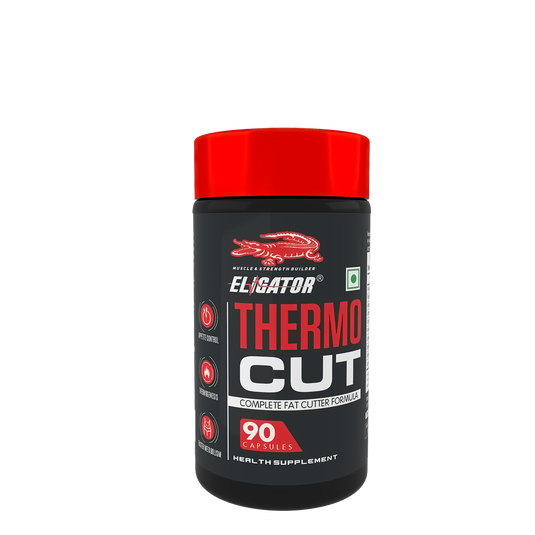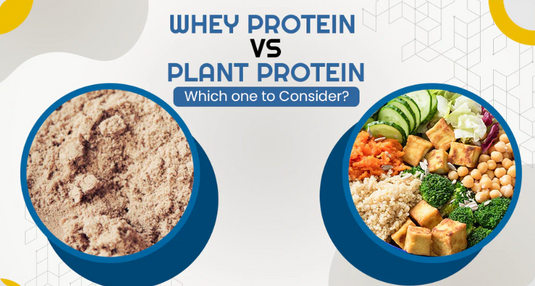Do Heavyweights Really Build Muscle, or Is This the Fitness Industry’s Biggest Scam?
Introduction
When it comes to building muscle, the gym culture often glorifies heavy lifting. But is this the ultimate truth, or just another marketing ploy by the fitness industry? In this blog, we’ll explore the science behind heavyweights, muscle hypertrophy, and the narratives that have shaped our understanding of effective training methods. Buckle up; it’s going to be an emotional rollercoaster!
The Basics of Muscle Growth
Understanding Muscle Hypertrophy
Muscle hypertrophy refers to the increase in muscle size due to the growth of individual muscle fibers. This process occurs through two primary mechanisms:
-
Myofibrillar Hypertrophy: This involves an increase in the size and number of myofibrils, the contractile units in muscle fibers. Heavy weights are often associated with this type of growth.
-
Sarcoplasmic Hypertrophy: This involves an increase in the volume of the sarcoplasm, the semi-fluid substance surrounding myofibrils, and is generally achieved through higher rep ranges and lower weights.
The Role of Progressive Overload
Progressive overload is a foundational principle of muscle building. It states that to grow stronger and build muscle, you need to gradually increase the demands placed on your muscles. This can be achieved through:
- Increasing weight
- Increasing the number of repetitions
- Increasing the number of sets
- Decreasing rest time between sets
Heavy Weights vs. Lighter Weights
The Heavyweight Argument
Heavy lifting proponents argue that lifting heavy weights (typically 70-85% of your one-rep max) stimulates the greatest muscle growth. The theory is rooted in the following concepts:
-
Mechanical Tension: Lifting heavy creates greater mechanical tension on the muscle fibers, which is a critical factor in muscle growth.
-
Muscle Fiber Recruitment: Heavier weights recruit more muscle fibers, particularly the fast-twitch fibers, which have a greater potential for hypertrophy.
-
Hormonal Response: Heavy lifting has been shown to elevate testosterone and growth hormone levels, both of which play vital roles in muscle repair and growth.
The Counter-Argument for Lighter Weights
On the flip side, many studies suggest that lighter weights with higher repetitions can also be effective for muscle growth. Key points include:
-
Volume Overload: It’s not just about the weight; total training volume (sets x reps x weight) can be more important for hypertrophy. High-rep training can create sufficient time under tension for muscle fibers to grow.
-
Time Under Tension: Lighter weights allow for longer sets, which can increase metabolic stress—a key driver of hypertrophy.
-
Reduced Injury Risk: Lifting lighter weights can be safer, especially for beginners, as it reduces the risk of injury associated with improper form under heavy loads.
Scientific Evidence
Research Studies
Multiple studies have explored the relationship between weight and muscle growth. For example:
-
A 2016 meta-analysis published in the Journal of Sports Sciences concluded that training at both high and low intensities produces similar hypertrophic outcomes, provided the volume is equated.
-
Another study found that lifters who trained with lighter weights (30-50% of their one-rep max) and performed high reps experienced significant muscle growth, emphasizing that mechanical tension is not the sole driver of hypertrophy.
Personal Testimonials
While research is crucial, anecdotal evidence often shapes opinions in the fitness community. Many bodybuilders swear by heavy lifting, attributing their massive physiques to it. However, numerous athletes, including those in endurance sports, have successfully built muscle using lighter weights.
Emotional Perspective: The Pressure to Lift Heavy
The Culture of Heavy Lifting
The gym culture often glorifies heavy lifting, creating an almost toxic environment where individuals feel pressured to lift beyond their limits. This pressure can lead to:
- Injuries: Overtraining and improper lifting form due to ego lifting can result in long-term injuries.
- Mental Health Struggles: Individuals may feel inadequate or discouraged if they can’t lift as much as their peers, leading to a negative self-image.
Finding Your Own Path
It’s essential to recognize that fitness is personal. What works for one person may not work for another. Understanding your body, goals, and preferences can lead to a more fulfilling and sustainable fitness journey.
Conclusion: Heavyweights or Not?
So, is heavy lifting a scam, or is it a legitimate method for building muscle? The truth lies somewhere in between. Heavyweights can undoubtedly stimulate muscle growth, but they are not the only way.
- Personal Preference: Choose a weight and rep range that feels right for your body and goals.
- Diversity in Training: Incorporating various training styles—heavy, light, high-rep, low-rep—can yield the best results.
- Listen to Your Body: Always pay attention to how your body responds to different training stimuli.
The fitness industry may push certain narratives, but the reality is that muscle growth can be achieved through various methods. So lift heavy if it resonates with you, but don’t shy away from exploring lighter weights; you might just discover a new love for fitness!
Elevate your fitness journey with Eligator Nutrition, where quality meets innovation. Our scientifically formulated supplements are designed to empower your workouts, enhance your performance, and support your overall well-being. Choose Eligator—your partner in achieving extraordinary results and redefining your limits. Let’s conquer your fitness goals together!




Receive the Blog via Email Daily
Please fill out the form below and we’ll get back to you within 24 hours.




















